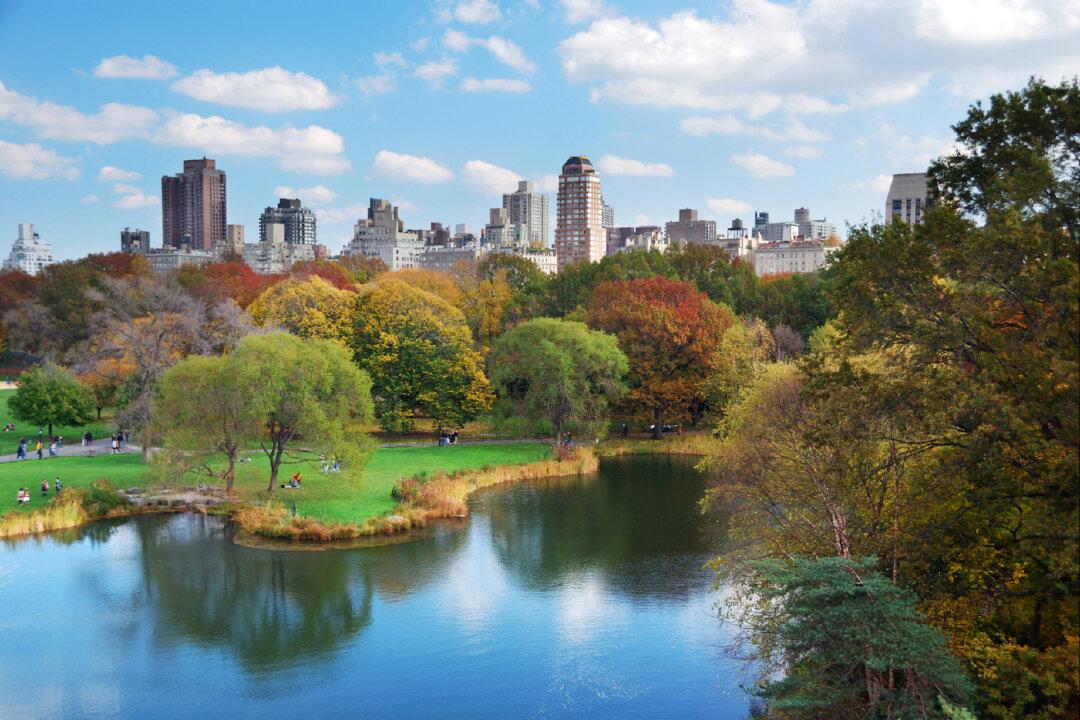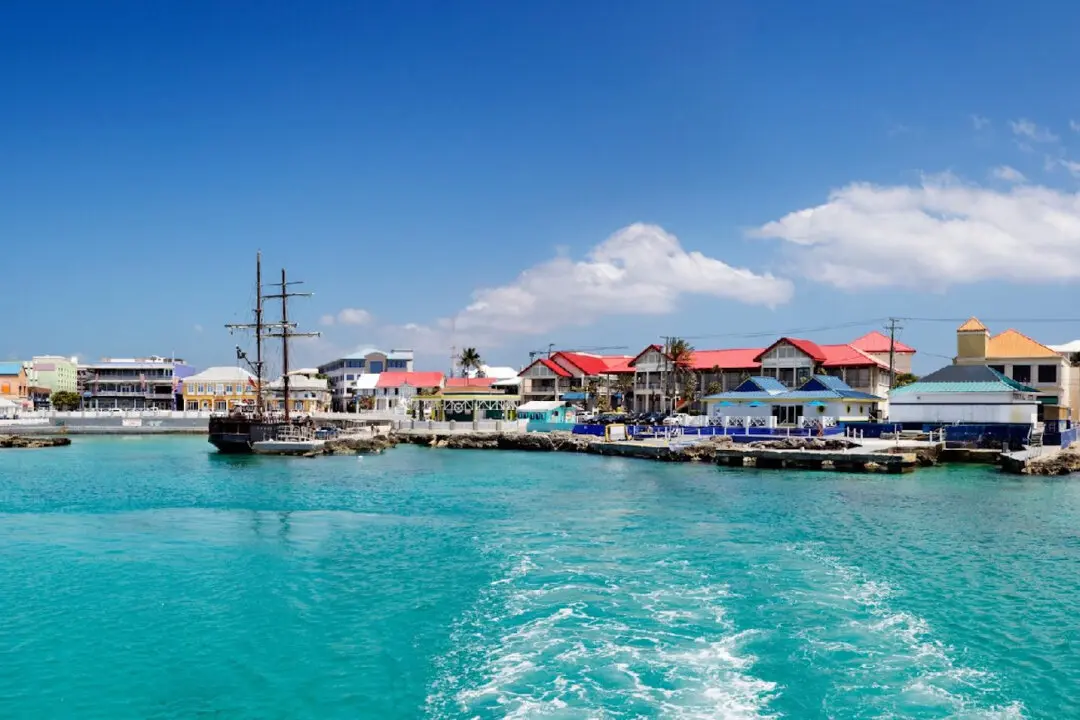Countless people around the world dream of visiting New York City’s Times Square, and many of them do, which is one reason why the neighborhood is included on lists of most-overrated places in the United States.
That’s not to say that if you haven’t been to the enclave nicknamed “Crossroads of the World” and “Center of the Universe” or have been there in the past and long to do so again that you should remove it from your bucket list. What it does mean is that you should be aware of the reasons that area shows up on inventories of famous sites throughout the United States that in some ways fall short of their stellar reputations. It’s also good to know what else there is to see once you’ve checked off the main event.





